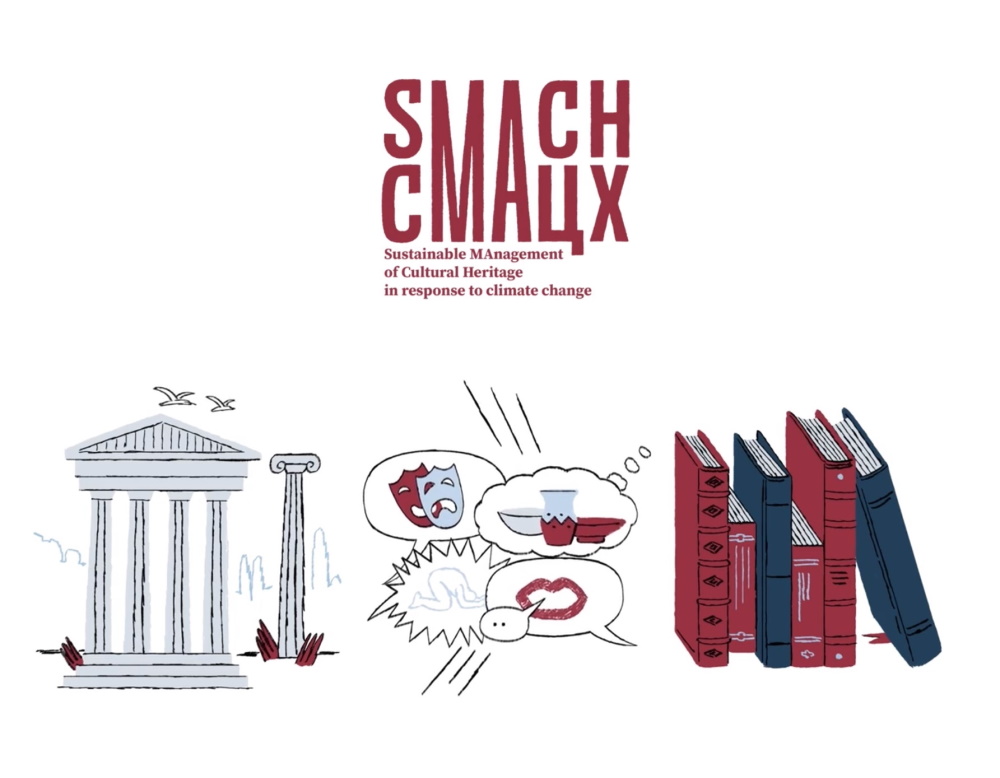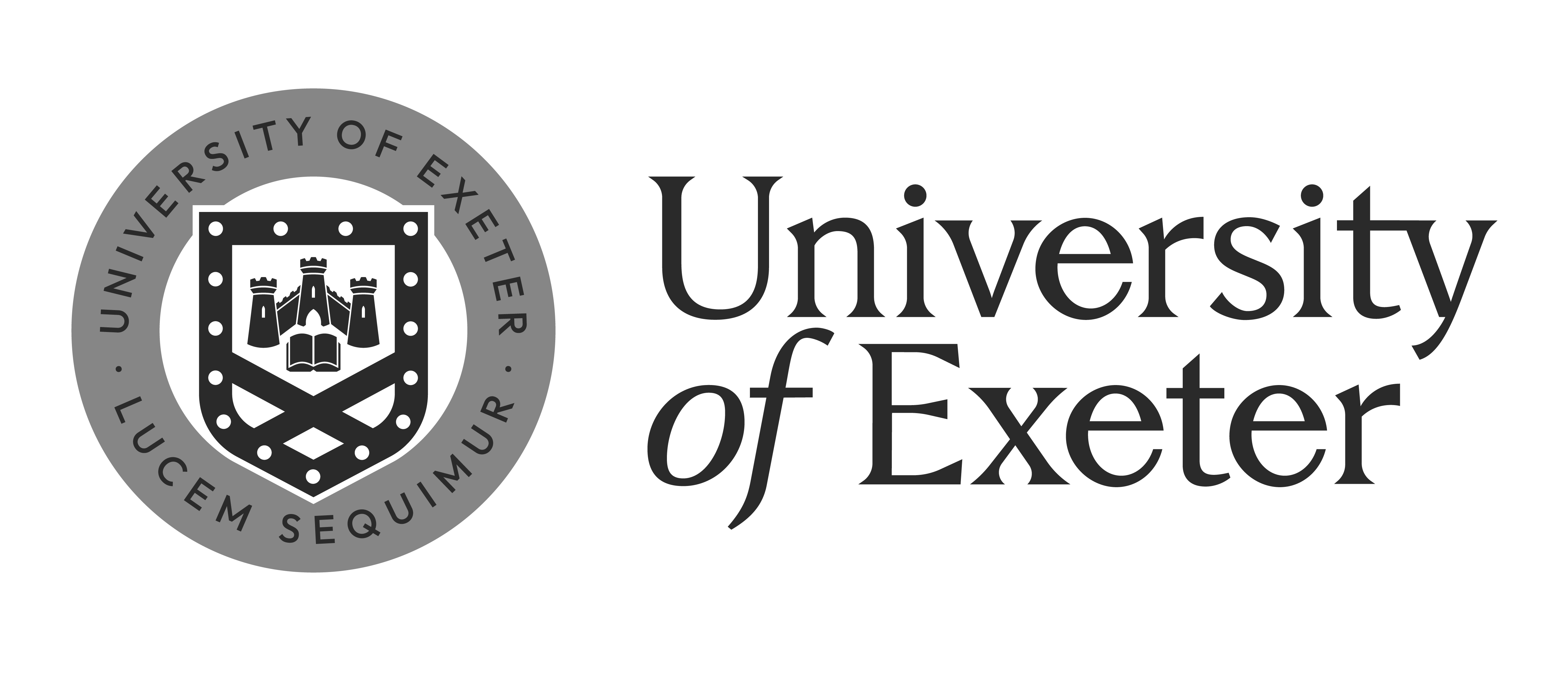The partners of the SMACH project conclude that cultural heritage isn’t only preserved by improving and expanding knowledge of available technologies and the historical-archaeological research, but also by raising awareness and engaging citizens in the process, with the ultimate goal of adopting a holistic approach to cultural heritage management.
This project was very successful, and sparked a much needed conversation on the issues linked to climate change and cultural heritage preservation, and consolidated the network of collaboration between Italy and Balkan countries.
The endangered sites of interest in the Balkan countries were identified and an assessment of the needs in terms of research, innovation and government cooperation was carried out. The project spread awareness among practitioners and the general public and promoted the existing policies and measures of adaptation and mitigation to protect cultural heritage.
The final project workshop took place on February 25, 2022, and was a moment to share project results, as well as to begin a conversation on the impacts and future of this joint effort, both in geographical and thematic terms.
The SMACH project involved the know-how providing partners – VIU with the University of Ljubljana, the University of Rome Tor Vergata, and the National Research Council of Italy; the City of Venice and ENEA – and Beneficiary partners, namely the Ss. Cyril and Methodius University in Skopje, the University of Belgrade, the Sarajevo School of Science and Technology and the University of Montenegro. It took place over a 1-year period and was developed within the Know-how Exchange Programmes (KEP) framework, cofinanced by the Central European Initiative Know-how Exchange Programme with the support of the CEI Fund at the European Bank for Reconstruction and Development (EBRD)
A first phase featured a mapping process on the state of the art and needs in four Balkan countries, i.e. Bosnia-Herzegovina, Montenegro, Republic of North Macedonia and Serbia, as emerged from a series of interviews carried out in 2020 with 32 key stakeholders, including representatives of Ministries of Culture, Museums, and Universities. The UNESCO World heritage sites mapped spanned from the Neolithic to Ancient Roman and Byzantine periods, and well into the 20th century. Among the risks identified are landslides, extreme humidity conditions, long heat periods, droughts, severe precipitation, and floods. The final report with an in-depth analysis of the different case studies country by country will be available for download soon.
Subsequently, representatives of these same countries were invited to attend a 4-month online Know-how Exchange Program, which has just concluded. The program was divided into 18 weekly modules and allowed for the sharing of management, protection and disaster-risk adaptation strategies with 47 participants, in an open discussion with Italian and international experts delivering the lectures. Everyone involved in the program is either a researcher or a professional actively working on cultural heritage in museums, universities and research centres in the Balkans.
For further information on the SMACH Project please contact Alessandra Fornetti, Executive Director of the TEN Program on Sustainability atalessandra.fornetti@univiu.org
This project is cofinanced by the CEI Know-how Exchange Programme supported by the CEI Fund at the EBRD






















